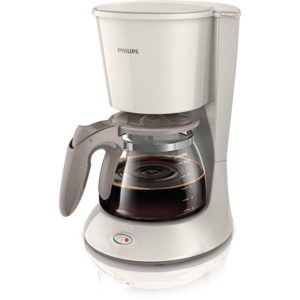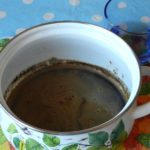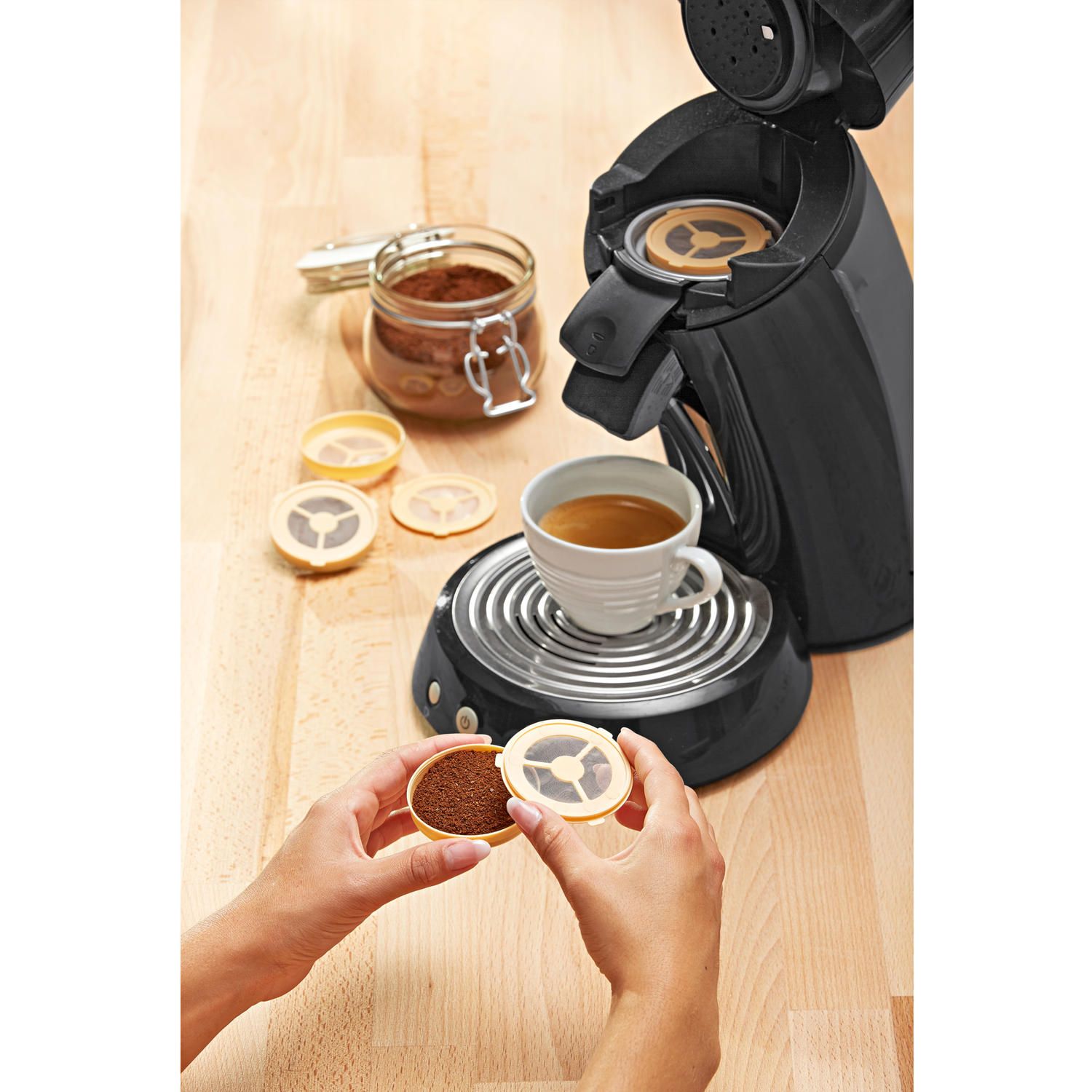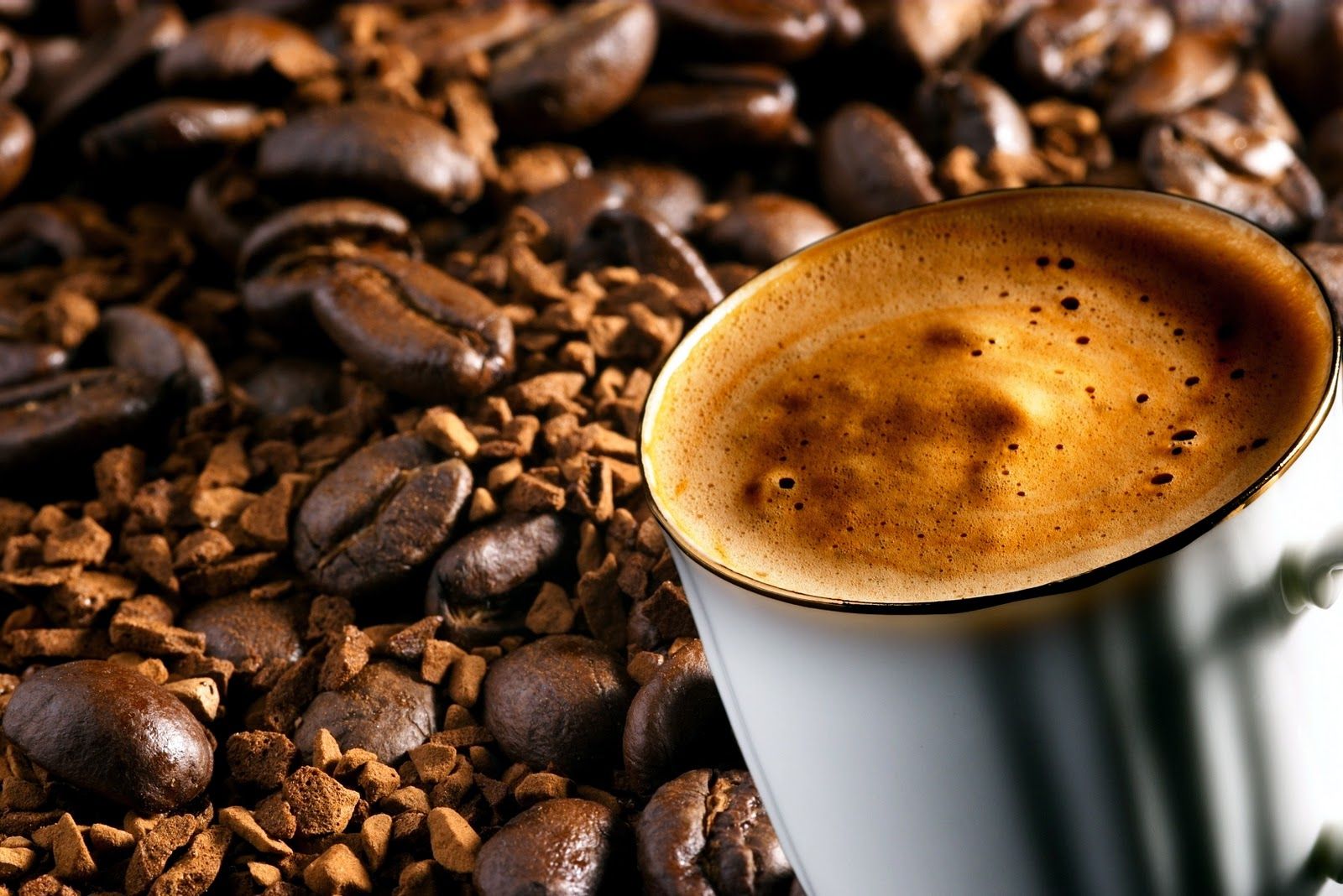How different types of coffee makers work
According to statistics, up to 70% of our compatriots start their day with a cup of aromatic coffee. Moreover, almost half of them use coffee machines to prepare this invigorating drink. However, even the most avid coffee lovers do not always know that there are several types of coffee makers, each of which has its own characteristics. And we will talk about them in this material.
The content of the article
How a coffee maker works (general principles)
 To make coffee manually, you must first roast and grind the beans. Using coffee machines allows you to skip these steps. To understand the structure of a coffee maker, let's look at how it brews a drink:
To make coffee manually, you must first roast and grind the beans. Using coffee machines allows you to skip these steps. To understand the structure of a coffee maker, let's look at how it brews a drink:
- The device heats the liquid to 90 °C.
- For preparation, ground coffee is used or in special capsules. Thanks to their own tightness, the capsules are able to preserve their taste for a long period of time.
- Inside the device, all these components are combined, ultimately turning into a delicious drink that almost everyone loves.
The circuits of almost all coffee machines are identical. They consist of:
- cooking flasks;
- filter;
- a valve that controls the pressure in the machine;
- equipped with a tank lid;
- heating part.
Coffee makers are divided into the following types:
- geyser;
- carob;
- drip.
Let's take a closer look at them.
How does a geyser coffee maker work?
Geyser-type coffee makers are small in size. Outwardly, they resemble small porcelain coffee pots. During cooking, liquid does not leak out of the device, but you still need to keep an eye on it.
There are electric and non-electric models. The latter can be installed on a standard stove: gas or electric. Water is supplied from bottom to top and pours in ground coffee. Then the finished drink is poured into a special flask.
 These coffee makers consist of a pair of containers connected to each other like an hourglass. The principle of operation, as is already clear from the name, is like that of a geyser. In the central narrowest part there is a special one for coffee (a sieve-type cup). When water boils in the lower reservoir, it rises under pressure through the tube, through a layer of ground coffee, brewing it. As a result, a ready-to-drink aromatic product enters the upper reservoir, the strength of which depends on the amount of dry coffee.
These coffee makers consist of a pair of containers connected to each other like an hourglass. The principle of operation, as is already clear from the name, is like that of a geyser. In the central narrowest part there is a special one for coffee (a sieve-type cup). When water boils in the lower reservoir, it rises under pressure through the tube, through a layer of ground coffee, brewing it. As a result, a ready-to-drink aromatic product enters the upper reservoir, the strength of which depends on the amount of dry coffee.
How does a drip coffee maker work?
It has the simplest operating principle and affordable cost. When boiling, water from the reservoir enters the tube, from where it fills the filter with ground coffee drop by drop, and from there it also drops drop by drop into the flask - usually a glass one. In these models, boiling water and steam pressure are not used to create the drink.
There are three types of filters:
 Paper disposable. Easiest to use and hygienic. They do not need to be washed - they are removed along with the coffee grounds after preparation is complete. The downside is that these filters must be purchased regularly.
Paper disposable. Easiest to use and hygienic. They do not need to be washed - they are removed along with the coffee grounds after preparation is complete. The downside is that these filters must be purchased regularly.- Nylon. They are designed for approximately 60 uses, but in reality one filter is enough for a maximum of 65 cups of drink.As a rule, they are included with coffee makers.
- Gold. They are nylon filters coated with titanium nitrate, which gives the product durability. Easy to clean, but not cheap.
Attention! A wonderful alternative to all the above types of filters are metal models, which do not need to be changed at all. However, they are usually quite expensive.
How does a carob coffee maker work?
 Carob coffee makers are the most popular. They are easy to use, affordable, and cooking takes no more than 3-4 minutes. This is the best choice for espresso lovers.
Carob coffee makers are the most popular. They are easy to use, affordable, and cooking takes no more than 3-4 minutes. This is the best choice for espresso lovers.
This device is sometimes called an espresso machine. Such devices use the same operating principle as other models. Water is contained in a special vessel, where it boils and turns into steam.
The preparation of the drink occurs due to the fact that steam rises under pressure of 4–15 bar, forcing the liquid to rapidly pass through the layer of coffee under the influence of pressure. Aroma oils and various substances are released from the coffee layer, which gives the final product optimal density, wonderful aroma and excellent taste. After cooking, the product is poured into cups.
To obtain delicious espresso, it is necessary that the pressure level in the pump of the device be at least 15 bar, and in the cone - 9 bar.
These operating parameters can only be provided by models with a power from a minimum of 1000 W to a maximum of 1700 W. Devices with less power will not be able to provide the optimal level of pressure - such devices, in their operating principle, are more reminiscent of geysers.
The coffee is poured into a special cone, after which it is carefully compacted.Thanks to the device, these models were called carob models.
Based on the pressure level, carob coffee makers are divided into two types:
- Up to 15 bar, in which the drink is prepared in a matter of minutes and turns out extremely tender and soft.
- Up to 4 bars, where the coffee is brewed slowly, but it turns out rich.
The horn into which the ground coffee is loaded is made of metal or plastic. The best choice is devices with metal horns, in which the coffee warms up much better and imparts its own aroma and taste to the drink more fully.
In cones made of plastic, the heating is of poor quality, resulting in the final product being less tasty. Conventional models intended for home use are equipped with one horn, which means preparing a couple of cups of coffee drink at the same time. For an office or a large family, a machine with a pair of horns is relevant.
Important! In horn type devices, the liquid is heated to 87–95 °C. At a higher temperature it will boil and the drink will be spoiled.
You can learn more about how this type of coffee maker functions by watching the video.





